Beit Khalid al-Azem: A Hidden Gem of Damascus History: Nestled in the quiet Sarouja neighborhood of Damascus, away from the hustle of the old city’s bustling souks and monuments, lies a remarkable piece of Syrian heritage known as Beit Khalid al-Azem. This Ottoman-era residence is one of the largest and most elegant historical homes in the capital, blending architectural splendor with political legacy. Despite being lesser-known to tourists compared to landmarks like the Umayyad Mosque or Azem Palace, Beit Khalid al-Azem stands as a powerful symbol of Syria’s political and cultural evolution.
| Topic | Quick Info |
|---|---|
| Name | Beit Khalid al-Azem / بيت خالد العظم |
| Location | Old City of Damascus, Syria – near the Umayyad Mosque |
| Built | 1749 CE (Ottoman period) |
| Builder / Patron | Constructed by As’ad Pasha al-Azem, governor of Damascus |
| Original Function | Luxurious Ottoman residential palace for the al-Azem family |
| Later / Current Use | Converted into the Museum of Arts and Popular Traditions (1954) |
| Architectural Highlights | Courtyards, marble fountains, decorated wooden ceilings, Damascene rooms with intricate stonework and mosaics |
| Significance | One of the most beautiful and best-preserved Ottoman houses in Damascus; showcases traditional Damascene lifestyle and artistry |
The Al-Azem Family Legacy

The house belonged to the prominent al-Azem family, a wealthy and influential lineage with deep roots in Ottoman administration and Syrian politics. The al-Azems held various high-ranking positions in the Ottoman Empire, and their legacy continued well into the 20th century. Perhaps the most famous figure from this family was Khalid al-Azem, a statesman and political leader who played a crucial role during Syria’s early independence years.
Khalid al-Azem was born in 1903 and received his law degree from the University of Damascus in 1923. He served as a city council member in Damascus and later held multiple high-profile governmental roles, including Prime Minister — a position he held six times. He also served briefly as interim President under the French Mandate in 1941. His political career was marked by staunch opposition to the union between Syria and Egypt under President Nasser. Following the rise of the Baath Party in 1963, al-Azem went into exile in Lebanon, where he died in 1965.
Architectural Significance
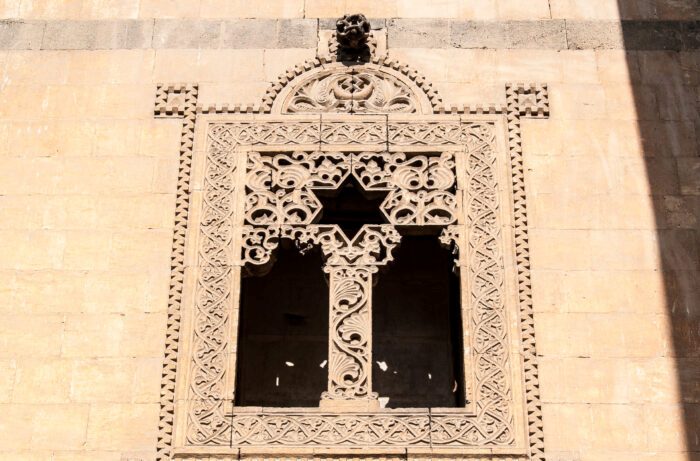
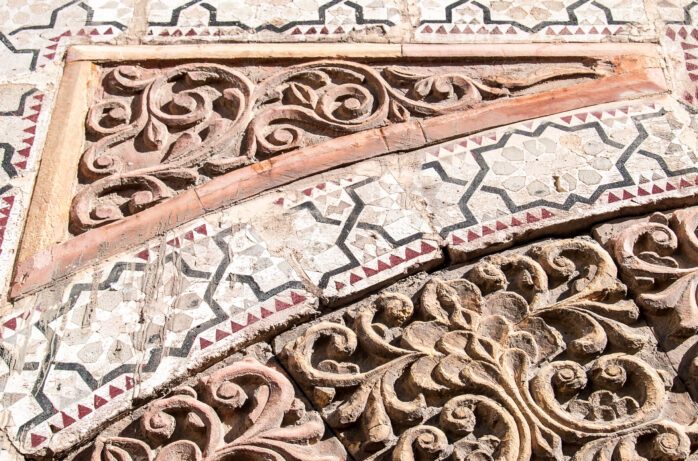
Beit Khalid al-Azem was originally constructed during the 18th century and covers an expansive 3,136 square meters, making it one of the largest historic private homes in Damascus. Its architecture reflects the grandeur and refinement typical of elite Ottoman residences. Like other traditional Damascene homes, the house is organized around a central courtyard with a fountain at its heart, offering a tranquil oasis amid the urban density of the city.
The building features intricately carved woodwork, mashrabiya windows, marble flooring, and detailed tilework that demonstrates the artistic craftsmanship of the era. Each room served a specific function, from welcoming guests in ornately decorated reception halls to more private, intimate family quarters. The house’s elegant simplicity and balance between luxury and function reflect the refined taste of its owners.
The Transformation into a Museum
After years of decline and neglect, Beit Khalid al-Azem was acquired by the Directorate-General of Antiquities and Museums (DGAM) in 1969. Restoration efforts began in the 1970s, preserving much of its original character while adapting it to a new function — that of a museum. Today, it houses the Damascus Historical Museum (Muthaf Dimashq al-Tarikhi), a cultural institution that offers insights into the city’s rich and diverse past.
The museum includes a range of exhibits such as archaeological artifacts, historical documents, old photographs, personal items from political figures, and traditional Damascene furniture. Visitors can walk through rooms that once hosted some of the most influential political discussions in Syrian history. Each space within the house tells a story — not just of the people who lived there, but of the transformation of Syria itself throughout the centuries.
Cultural and Political Value
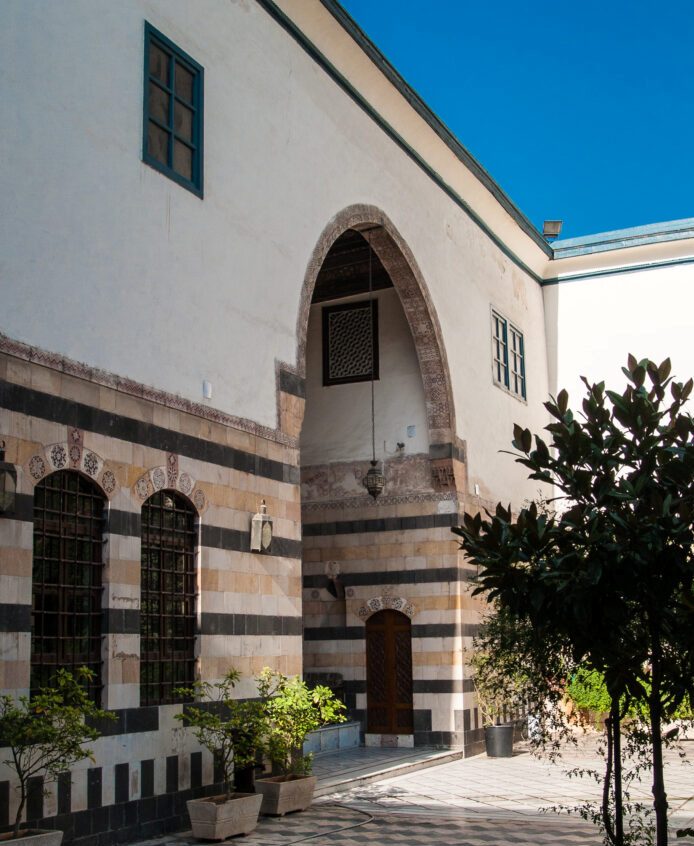
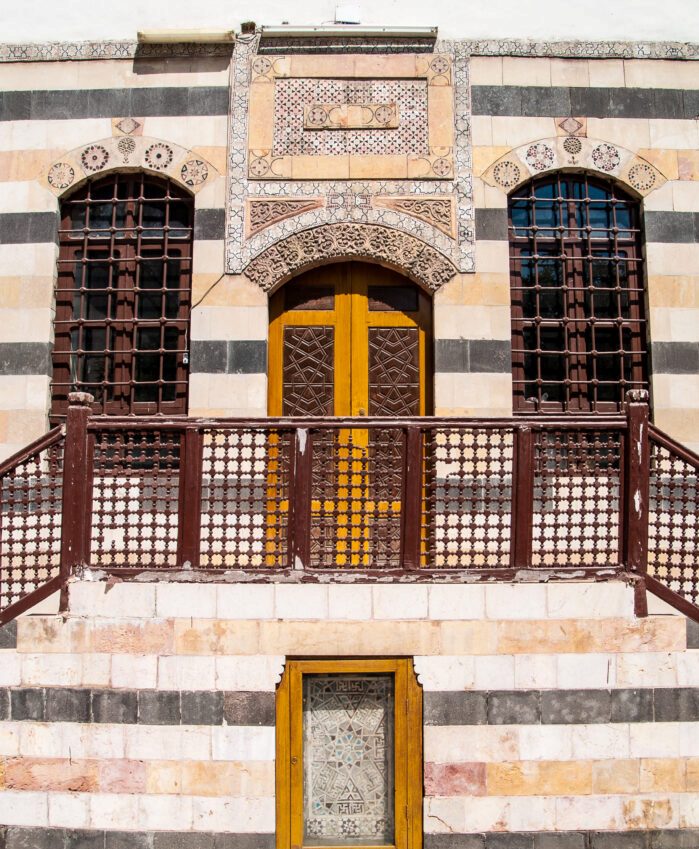
The value of Beit Khalid al-Azem goes far beyond its architectural beauty. It is a cultural and political landmark, connecting the old world of Ottoman Damascus with the birth of modern Syria. For history enthusiasts, the house offers a rare opportunity to experience both Syria’s rich domestic architecture and the story of one of its most significant 20th-century leaders.
Unlike many museums that focus solely on artifacts, the Damascus Historical Museum provides a more personal, immersive experience. The presence of period furniture, handwritten letters, and vintage photographs creates an emotional connection between visitors and the historical figures once central to Syria’s evolution.
Visiting Beit Khalid al-Azem
The museum is open to the public and charges a modest entrance fee. It is located in the Sarouja district, a historical neighborhood that itself is worth exploring for its narrow alleys, old homes, and fading elegance. The area is quieter than the heart of the old city, making it an ideal spot for those seeking a more contemplative visit.
Visitors are encouraged to spend time in the central courtyard, enjoy the serenity of the fountain, and take in the details of the architectural design. Guided tours are sometimes available, and museum staff are generally welcoming and happy to share the story behind the building.
Comparison with Azem Palace
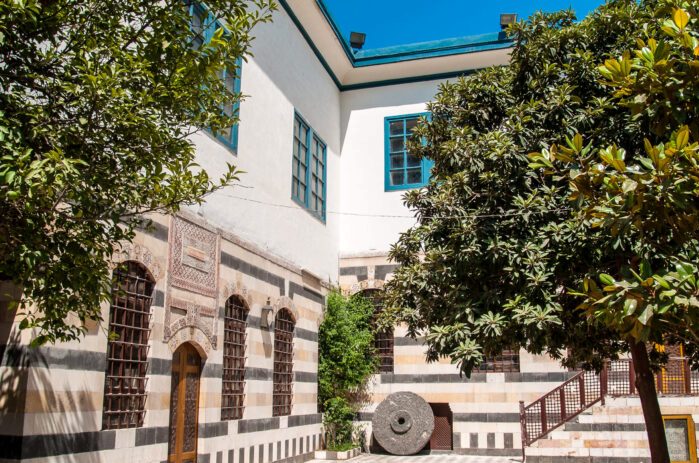
A common question among visitors is whether Beit Khalid al-Azem is the same as Azem Palace (Qasr al-Azem) in the old city. While both buildings were owned by members of the same extended family and share similar architectural styles, they serve very different functions today.
- Azem Palace, built by As’ad Pasha al-Azem, was a residence for the Ottoman governor and is now the Museum of Traditional Arts and Folklore.
- Beit Khalid al-Azem, by contrast, is a private family residence turned historical museum focusing on political and modern history.
Both are beautiful examples of Damascene architecture, but Beit Khalid al-Azem offers a more intimate, personal look into Syria’s political journey.
A Hidden Treasure Worth Visiting
Despite being less visited than other attractions in Damascus, Beit Khalid al-Azem is a hidden treasure for anyone interested in history, architecture, and the human stories behind political change. It bridges the past and present in a way few other sites can, offering a rich and quiet place for reflection.
Whether you’re a first-time visitor to Syria or a seasoned traveler, make time to explore this unique house and discover the layered history of a city that continues to surprise and inspire.
Finally.. If you have any questions, please contact us. To explore further, visit our Facebook Syria collection for rare images and cultural highlights.
Sources & References:
UNESCO – World Heritage Centre: https://whc.unesco.org
Archnet – Architecture & Heritage Database: https://www.archnet.org
World History Encyclopedia: https://www.worldhistory.org
Syrian Heritage Archive Project: https://syrian-heritage.org
Global Encyclopedia: Wikipedia



